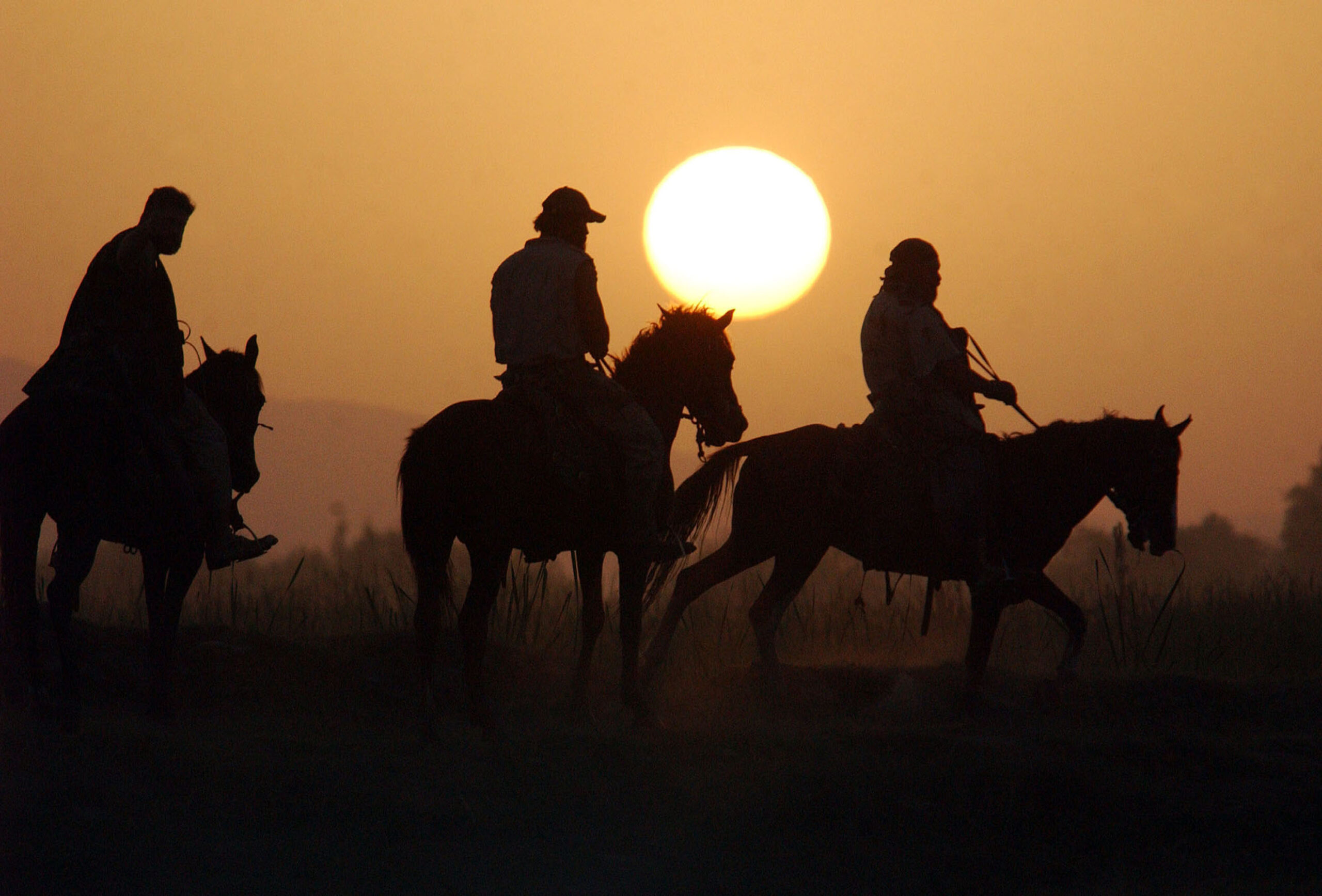Standing in the production room of a Florida distillery he partly owns, Mark Nutsch recalls a seminal action in America’s response to 9/11 with parallels to Ukraine’s defense of Russia’s invasion.
Two decades ago, Nutsch was an Army captain, leading a team of U.S. Army Special Forces soldiers, or Green Berets, assigned to Operational Detachment Alpha (ODA) 595 on a mission to help a disparate group of Afghans overthrow the Taliban.
They were more famously known as the “Horse Soldiers,” a highly fictionalized version of which was depicted in the 2018 movie “12 Strong.”
The real story – which Nutsch and fellow ODA 595 member Bob Pennington tell in their new book,“Swords of Lightning” – has a number of similarities to how Ukraine has managed to inflict tremendous damage on a large and well-equipped Russian army, the ex-Green Beret says.
“We were outgunned, outnumbered and out-equipped,” Nutsch, who along with several of his teammates just wrapped up signing copies of the book, tells The War Zone.
The Taliban and al-Qaeda, he says, “had the more modern and motorized armored and mechanized former Soviet force.”
They had T-55 and T-72 tanks, D30 howitzers, and 23 mm anti-aircraft guns, says Nutsch.
“Yeah, we were the outlaws with our Northern Alliance militia force between the Uzbeks, Tajiks, and Hazaras,” he says with a laugh.
But riding horses offering quick and nimble mobility and lightly armed with Soviet-era weapons like AK-47s, PKMs and rocket-propelled grenades, the Green Berets and their Afghan allies helped quickly topple the Taliban.
“Working with the Uzbeks, Tajiks, Hazaras, we united them together and orchestrated an uprising across the six northern provinces,” says Nutsch.
That, he says, was considered a “catalyst for toppling the Taliban regime.”
“In less than 90 days, less than 100 Green Berets on the ground helped topple the Taliban,” he says. “And we were a small part of that early success. But our story really, to me, is about small teams being empowered and resourced and sent on incredible missions. And we demonstrated what can be achieved.”
Fast forward to today.
Small teams of Ukrainian troops, empowered by their leadership to act and increasingly resourced with arms from the west, are demonstrating what is being achieved. They’ve helped Ukraine devastate Russia’s military, which has lost massive amounts of troops and equipment. And their efforts across Ukraine are bogged down.
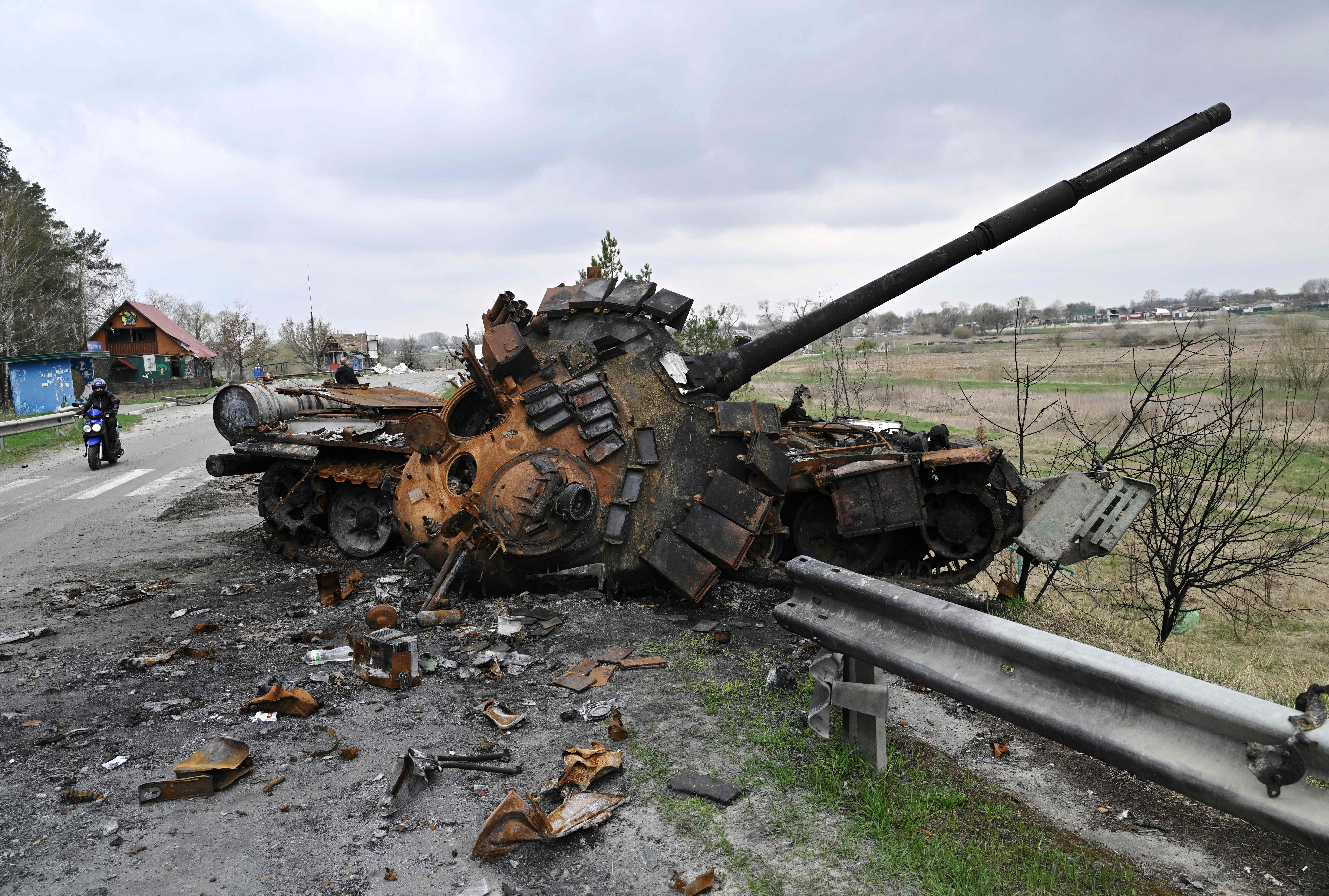
The parallels, says Nutsch, are clear.
Empowering and trusting small teams to carry out the mission is one of them, he says.
So too is leveraging new technology.
“Our post 9/11 mission that we did, we didn’t have unmanned aerial vehicles overhead 24/7,” says Nutsch. “The way we fought right after 9/11 is very different … [to] how our Special Operations community goes at the mission now, with all these tools and enablers. But you’re seeing the Ukrainians use UAVs in a very, very strategic, very impactful and effective way. And that’s impressive, to see how they’ve evolved.”
Scott Neil, Nutch’s business partner in the American Freedom Distillery in St. Petersburg, Florida, also sees the similarities between what the Green Berets did against the Taliban and al-Qaeda and what Ukraine is doing against the Russians.
While Nutsch and his team were in the north, Neil was a sergeant first class with ODA 511 in Kandahar.
The parallels, he tells The War Zone, start with Russia being an invading force, not as familiar with much of the territory, trying to fight with unmotivated conscripts facing poor logistics.
“Let’s start with a comparison of the Taliban and the Russian forces,” says Neil. “You had conscription, you had mobile, mechanized infantry, augmented by rocket launchers, artillery, and tank formations, right? But you also had this long logistical tail.”
Conversely, Ukrainians, like the Northern Alliance, largely enjoy what Neil calls the “home-field advantage.”
“They know the terrain, they know the people, they know what motivates them, they know the weather cycles,” he says. “They know everything that’s important that sometimes outliers don’t realize, right, they’re waiting for some piece of data to tell them whereas indigenous people know.”
All those factors combined into success for both the forces fighting the Taliban and Ukrainians fighting Russia.
Another factor, Neil states, is Russia’s top-down leadership and lack of an effective cadre of junior officers and noncommissioned officers.
“In the second phase, we began to target just al-Qaeda and Taliban senior leadership. Because just like the Russian forces, once you took out that decision-making, the whole Borg stopped,” says Neil. “They didn’t know what to do.”
By comparison, “in America, you have the five-paragraph op order. The commander’s intent is briefed all the way down to the squad level. We rehearse routinely. Your lieutenant your shot? We have team NCOs.“
This ethos, say both Nutsch and Neil, was among the values that the 10th Special Forces Group had instilled in Ukrainian forces while training them before the war.
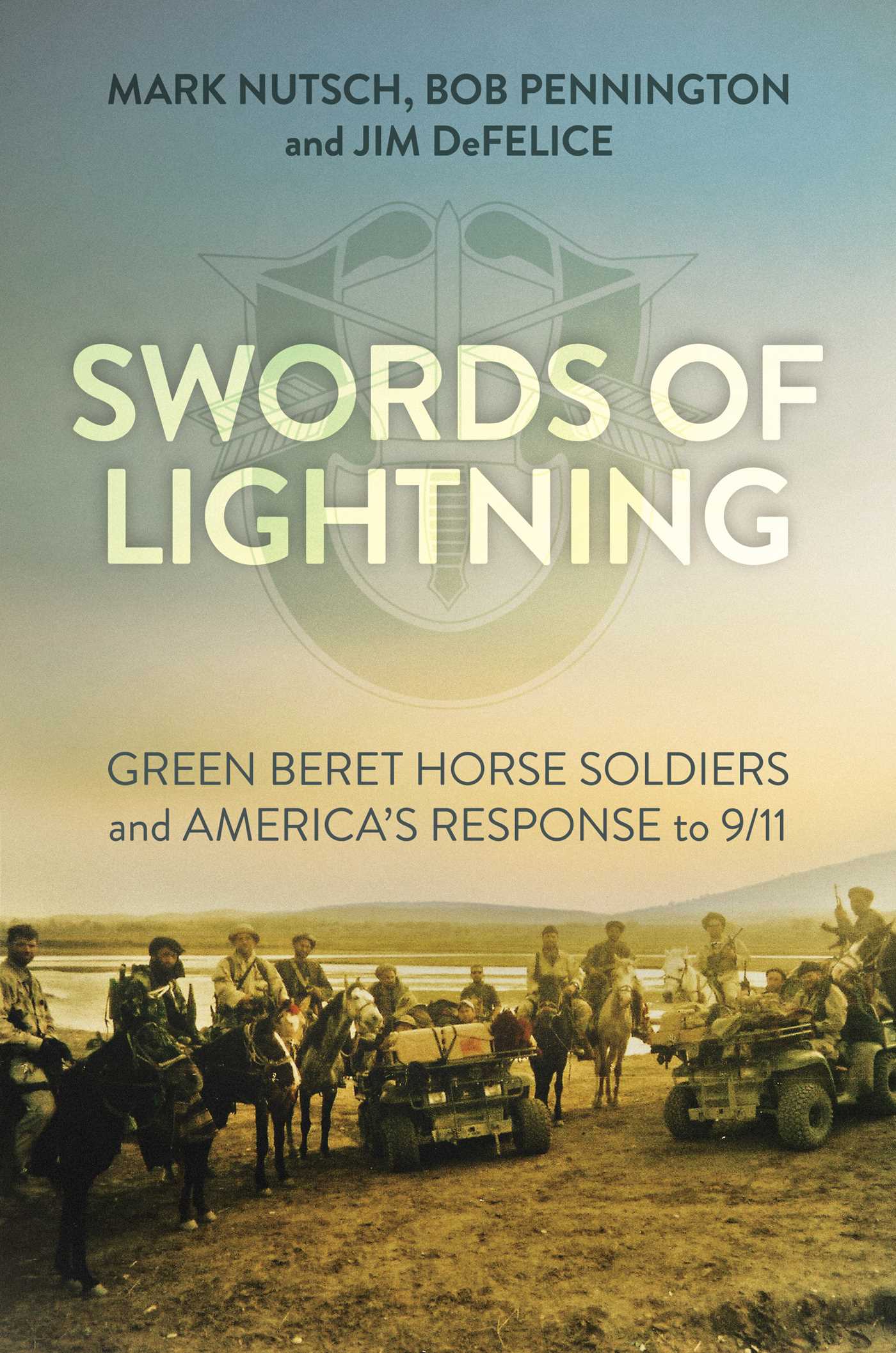
“The 10 Special Forces Group has done an amazing job preparing the Ukrainian special operations forces and their military for what’s been horrifically happening in Ukraine,” says Nutsch. “But you’re seeing the results of that have a partner. They’re the force doing it, you know, but we’ve resourced them with lethal and non-lethal aid. And we’ve taught them and helped to empower them and their leadership to act and they obviously appear to be doing it very effectively.”
Afghanistan, says Neil, was not the only place where smaller, more nimble forces were able to take out a larger, better-armed foe with a reputation apparently far exceeding capability.
The Republican Guard in Iraq, he says, was similarly seen as a formidable enemy ahead of the U.S.-led invasion in 2003.
But small teams of Green Berets, armed mostly with Javelin anti-armor missiles and Stinger anti-aircraft missiles, “decimated whole battalions.”
There are, of course, some big differences between 2001 and 2022.
The Green Berets, for instance, were accompanied by Air Force Joint Terminal Attack Controllers (JTAC) able to call in lethal airstrikes.
Ukraine’s air force, by comparison, is far smaller and less capable.
The battle in the Donbas and Ukraine’s south has bogged down Russian troops, which continues to take heavy losses. This is particularly true of the recent debacle on the Donets, that may have limited Russia’s ability to encircle Ukrainian troops. You can read more about that attack in our full report.
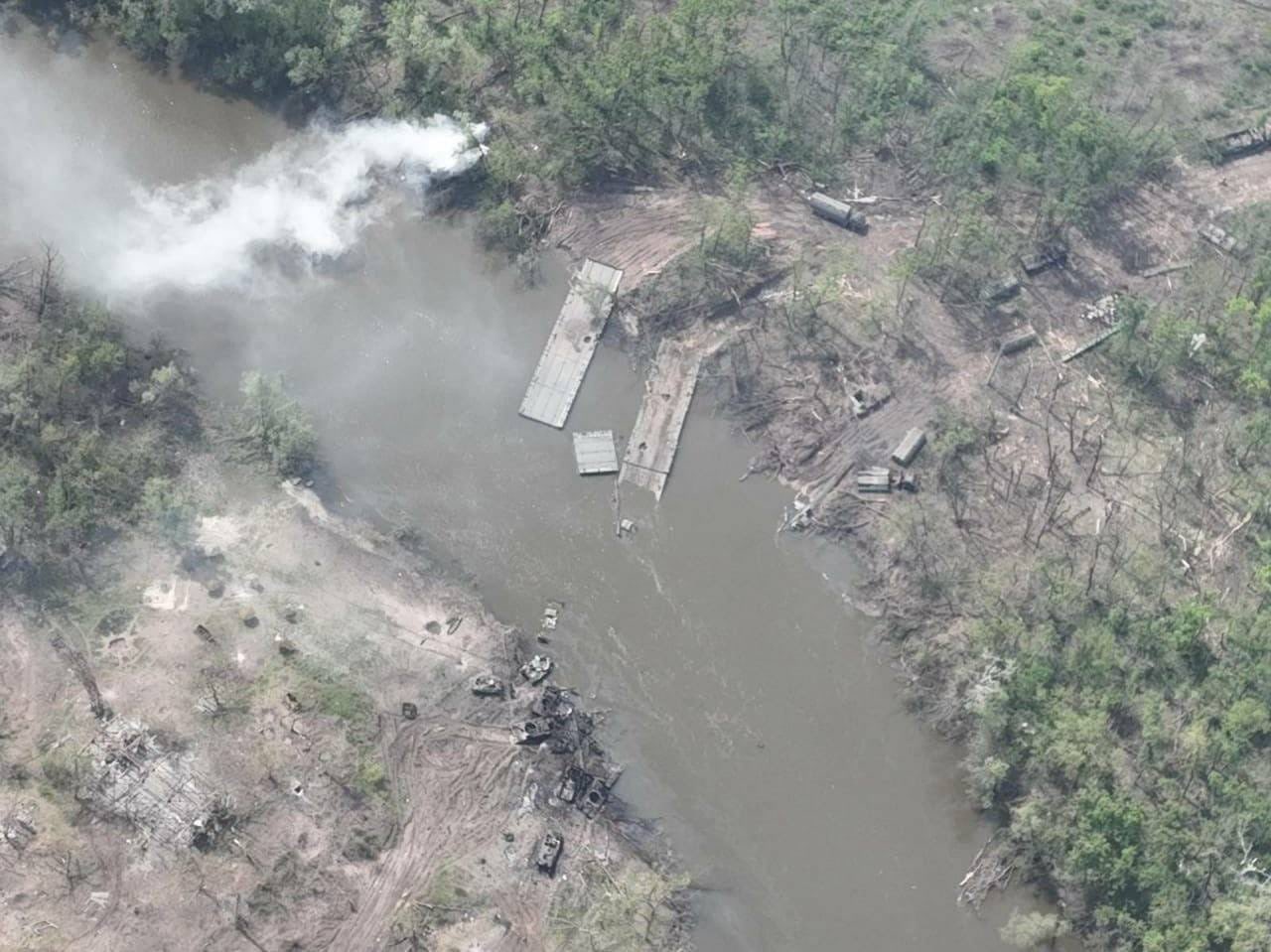
Ukraine’s efforts have been greatly aided by an influx of Javelins, Stingers, and other shoulder-fired weapons systems. But they’ve also greatly benefited from an increasing supply of heavier weapons like M777 howitzers. And Ukraine continues to ask for longer-range air defense systems, longer-range rocket artillery, and more tanks and other armored vehicles.
Still, light and nimble forces making quick hits will continue to be a part of any Ukrainian success, as we highlighted in this story about Ukraine’s anti-tank missile-armed buggies and some units’ interest in electric motorbikes.
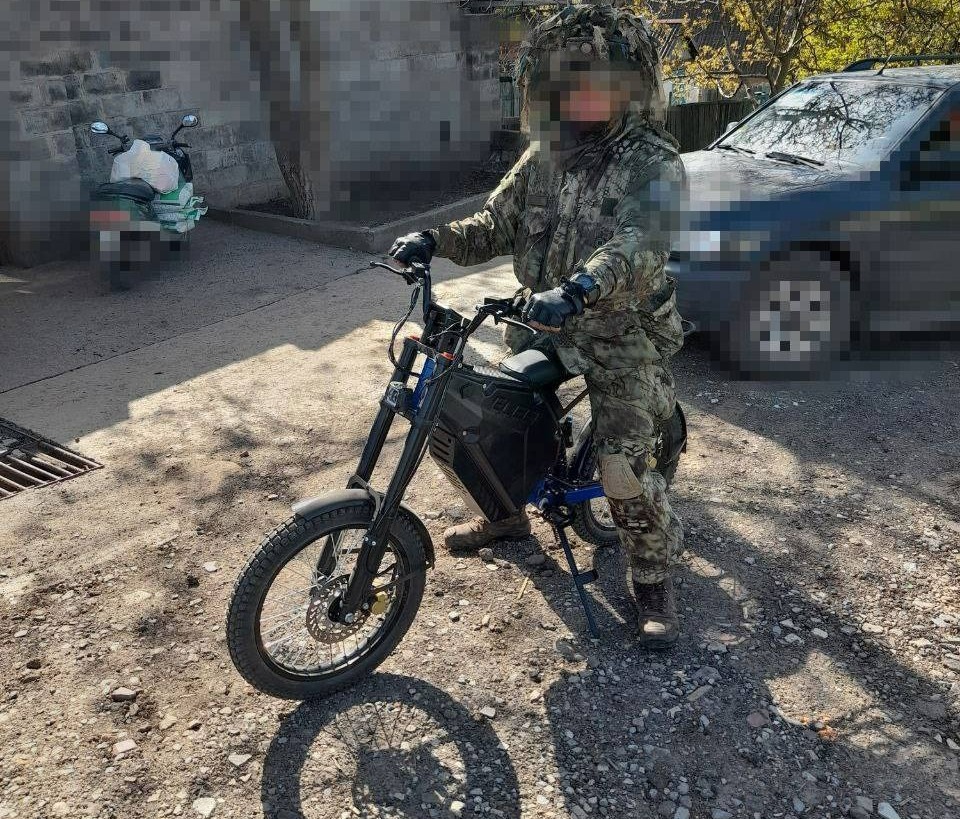
That’s why many of the lessons of ODA 595 ring true today, Nutsch says.
“You got to trust in those people that they’ve been trained properly, that you’ve selected the right people into that team, and you send them out on that mission with the confidence that they’re going to succeed, but they’re going to return,” he says.
Contact the author: howard@thewarzone.com
